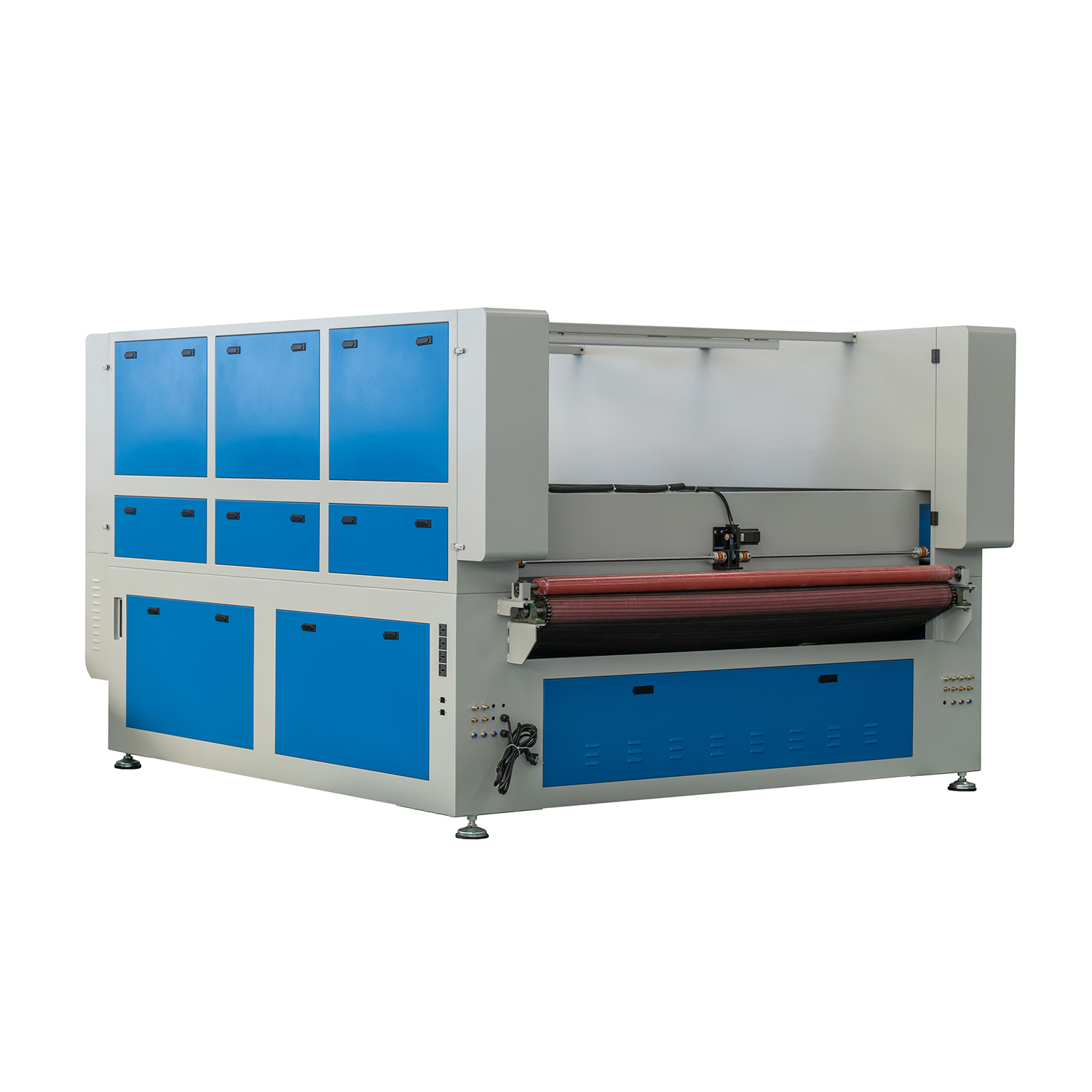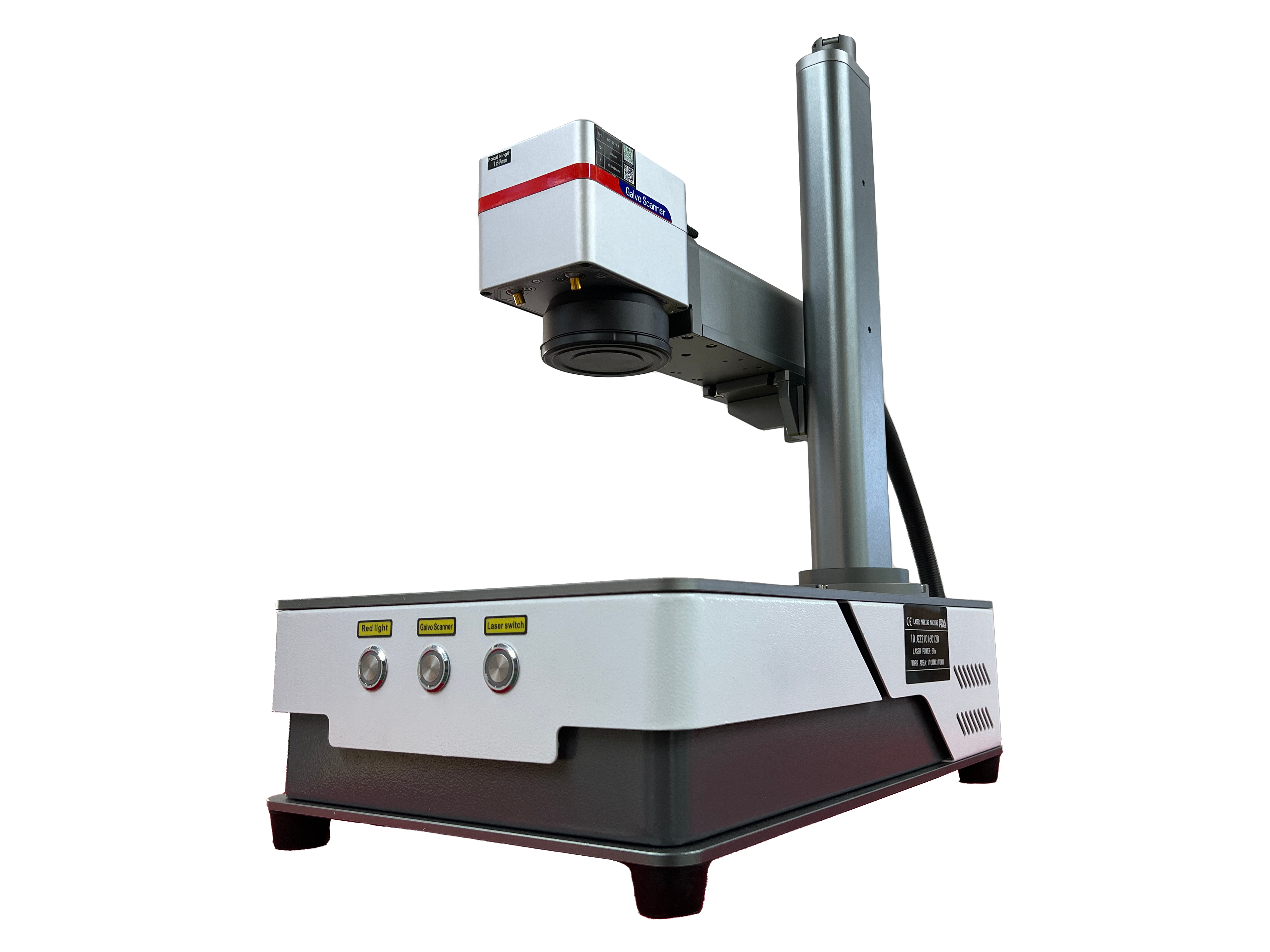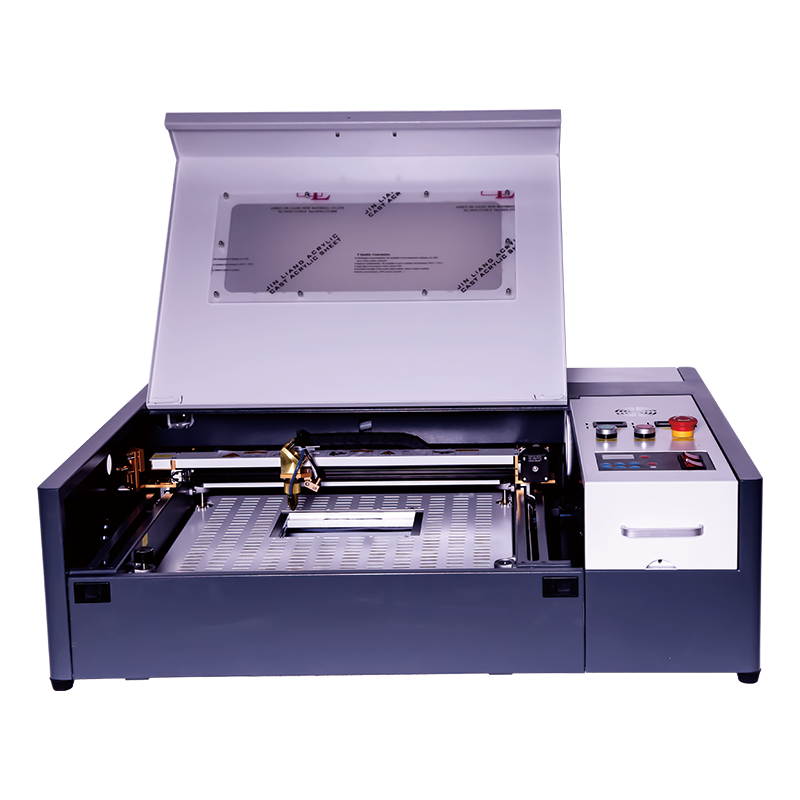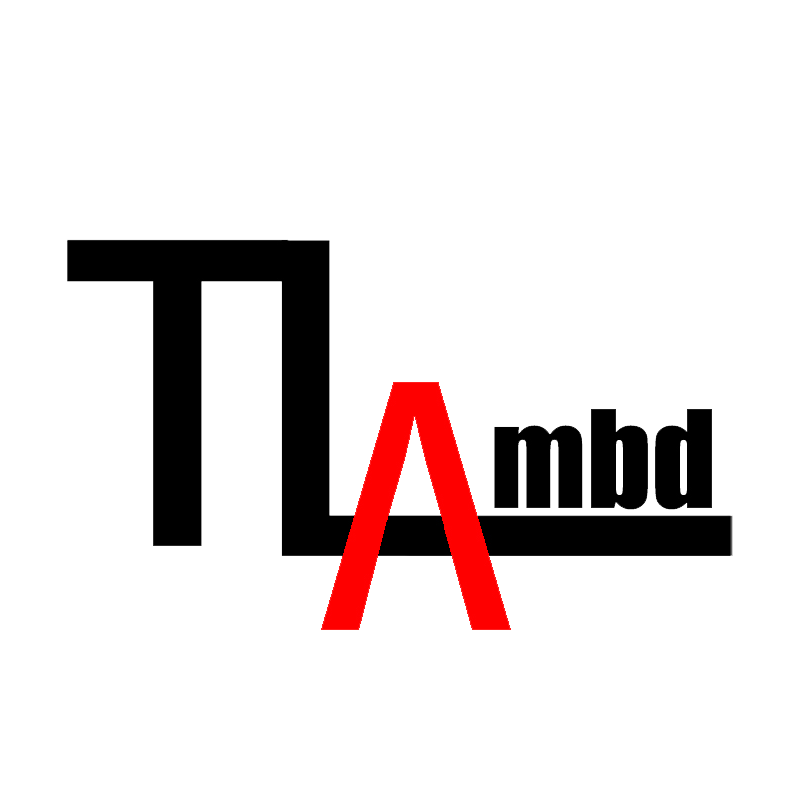Laser Marking Machines: Market Forecast for the Next Five Years (Part 2)
3. Analysis of Production Capacity and Output
Global Capacity Analysis:
Total Capacity, Output, and Capacity Utilization: The global laser marking machine industry is currently developing rapidly. From 2019 to 2030, the total capacity, output, and capacity utilization of the global 2D fiber laser marking machine industry show dynamic changes. With the development of global electronics, microelectronics, optoelectronics, communications, and optomechatronic systems, as well as the trend of high-speed and automated vertical manufacturing processes across various industries, the demand for laser marking machines continues to increase, driving the growth of industry capacity.
Global Major Region Production Capacity, Origin Distribution, and Production Forecast: The production capacity and origin distribution of laser marking machines vary across major regions worldwide, with North America, Europe, and the Asia-Pacific being the main production areas. According to market trend forecasts for 2019, 2023, and 2030, the output of laser marking machines in major global regions is expected to continue growing. Among them, the Asia-Pacific region, with its rapidly developing manufacturing industry and huge market demand, is expected to capture a larger market share in the future.
Analysis of China's Production Capacity:
Forecast of China's laser marking machine production capacity, output, capacity utilization rate, and development trends: In China, with the development of the new energy vehicle, semiconductor, and electronics manufacturing industries, the domestic laser processing equipment market has greater growth potential. It is expected that in the coming years, China’s laser marking machine production capacity and output will continue to grow, and capacity utilization will gradually improve. With continuous technological advancements and expanding market demand, China's laser marking machine industry will move towards intelligent and high-end development.
Overall, the production capacity and output of laser marking machines globally and in China are expected to show positive growth in the coming years. Major manufacturers will continue to play an important role, and market shares in different regions will change as the industry develops.
4. Industry Chain Analysis
Introduction to the Composition of the Industry Chain of the Laser Marking Machine Industry, including upstream core raw materials and suppliers, as well as the midstream and downstream.
The laser marking machine industry chain is mainly composed of upstream, midstream, and downstream segments. The upstream includes core raw materials and suppliers, among which lasers are one of the key components. Currently, the market size of lasers in China continues to grow. Fiber lasers, due to their excellent performance and strong applicability, account for more than half of the market. In China’s fiber laser market, IPG holds the largest market share, followed by Ruike Laser, Chuangxin Laser, and others. In addition, laser components are also an important part of the upstream, including optical components. Optical components, made from optical materials, are fundamental for imaging and transmission, playing a crucial role in various downstream applications. The numerous upstream suppliers of laser marking machines provide a solid foundation for the production in the midstream.
The midstream primarily involves the manufacturing of laser marking machines. The market size of laser marking machines continues to grow, with industrial laser equipment accounting for the largest proportion of laser equipment in China. Subsegments include laser cutting machines, laser welding machines, ultrafast lasers, and laser beauty devices. Among these, the declining cost of laser devices, the core component of laser cutting equipment, has driven market demand. Laser welding machines have also maintained rapid market growth as the penetration of laser processing equipment increases. Ultrafast lasers are developing rapidly in the field of solid-state lasers and have great advantages in material processing. Laser beauty devices, as an application of modern laser technology in cosmetic dermatology, have also formed a certain market size. In China’s laser equipment market, Han’s Laser, HGTECH, and Bond Laser rank in the top three.
The downstream application areas are extensive, covering multiple industries. These include plastics products, handicrafts, food packaging, electronics and semiconductors, medical devices, food and beverages, jewelry, plastics and polymers, aerospace and military, arts and decoration, eyewear manufacturing, leather products, among both non-metal and metal industries, as well as certain specialty material fields. With the development of various industries, the demand for laser marking machines continues to increase, driving the development of the laser marking machine industry.
Analysis of Production and Sales Models: Production Methods, Procurement Models, and Sales Models and Channels.
In terms of production methods, the manufacturing of laser marking machines typically involves advanced laser technology and precision manufacturing processes. Production enterprises need to have a professional technical team and advanced production equipment to ensure product quality and performance. During the production process, core components such as lasers, galvanometers, and marking software need to be meticulously assembled and adjusted to meet the diverse needs of customers.
In terms of procurement models, production enterprises generally procure core components such as lasers, optical elements, and control systems based on market demand and production plans. When selecting suppliers, factors such as product quality, price, delivery time, and after-sales service are considered. Additionally, to reduce costs and improve product competitiveness, some enterprises also engage in centralized procurement and long-term cooperation.
Regarding sales models and channels, the sales of laser marking machines are mainly carried out through direct sales and distribution. In the direct sales model, production enterprises communicate and sell directly to customers, which allows them to better understand customer needs and provide personalized solutions. In the distribution model, production enterprises sell products to customers through distributors, agents, and other channels, which can expand market coverage and increase market share. Sales channels include online sales, trade show sales, and customer referrals. Online sales can quickly disseminate product information and increase product awareness; trade show sales allow customers to directly understand product performance and advantages, promoting sales; customer referrals utilize word-of-mouth to enhance product credibility and market competitiveness.




Post time: 11-21-2025





